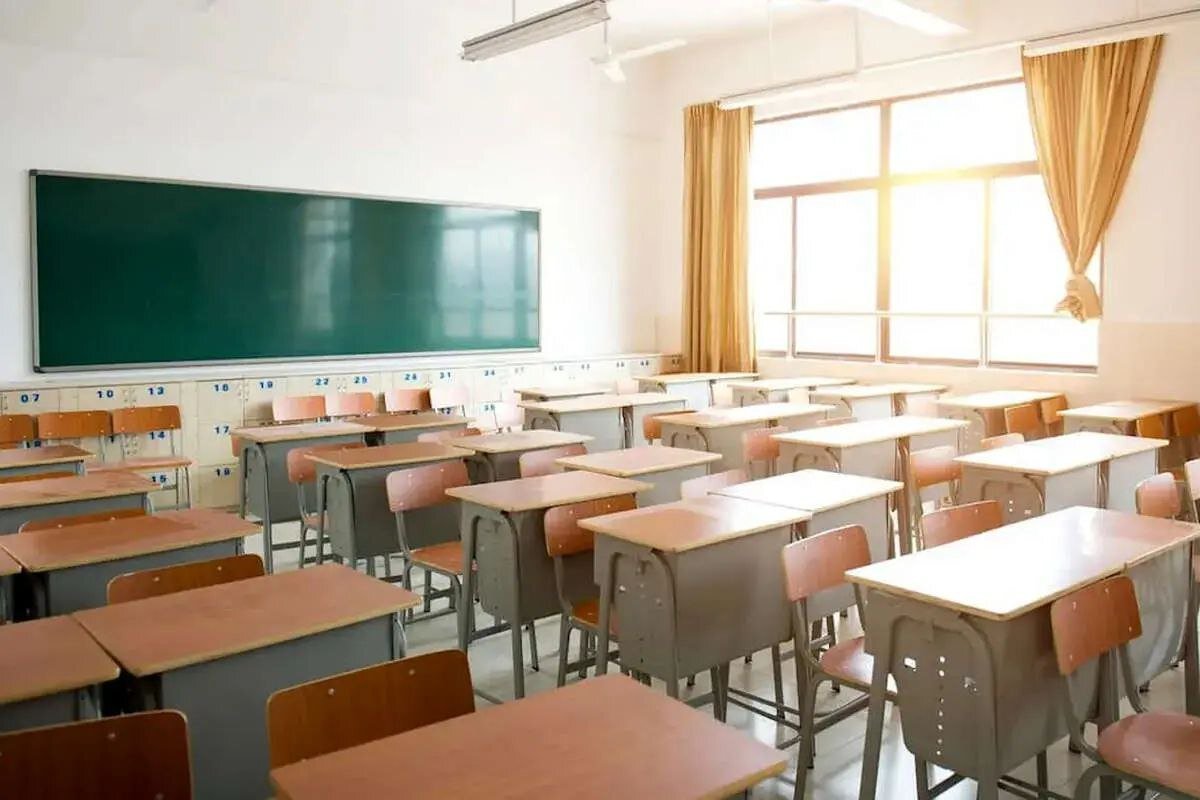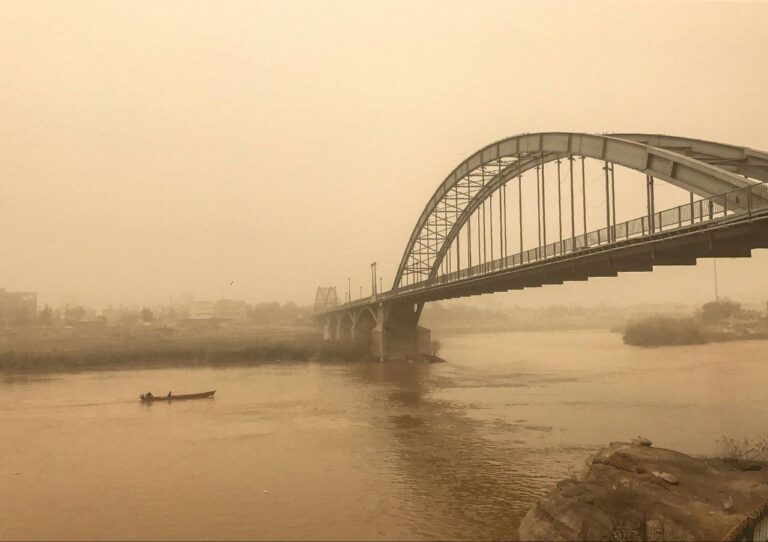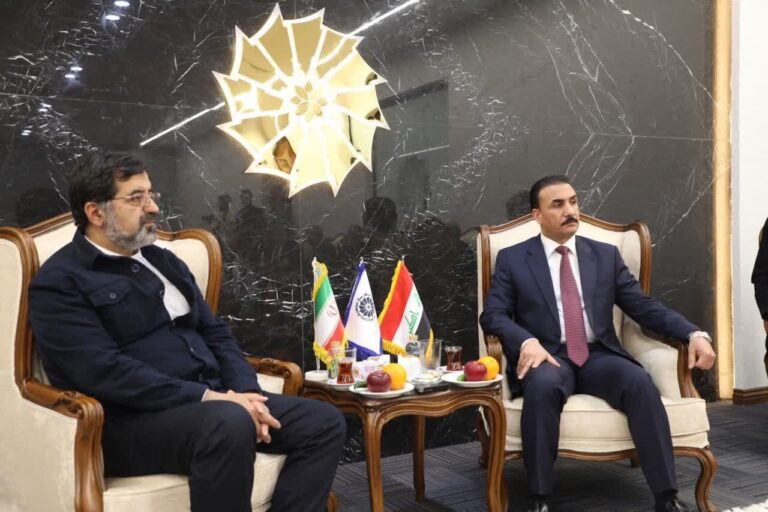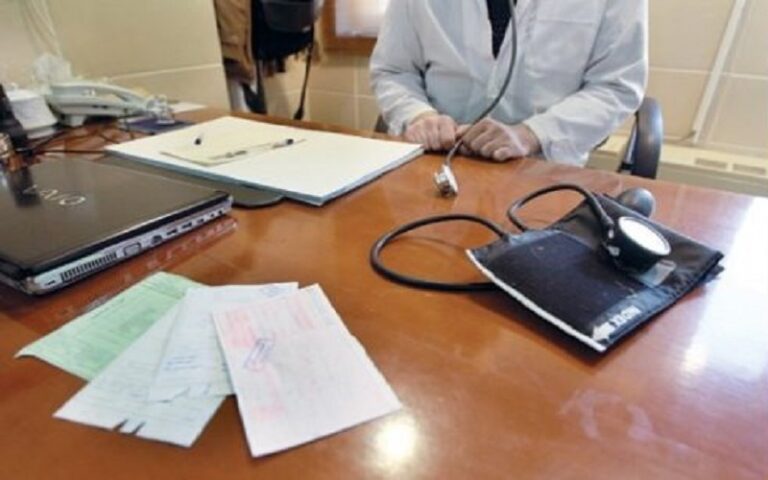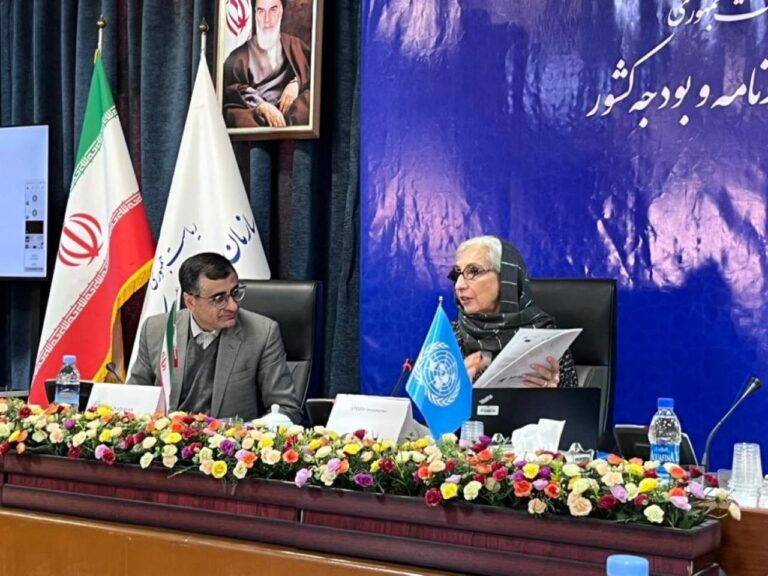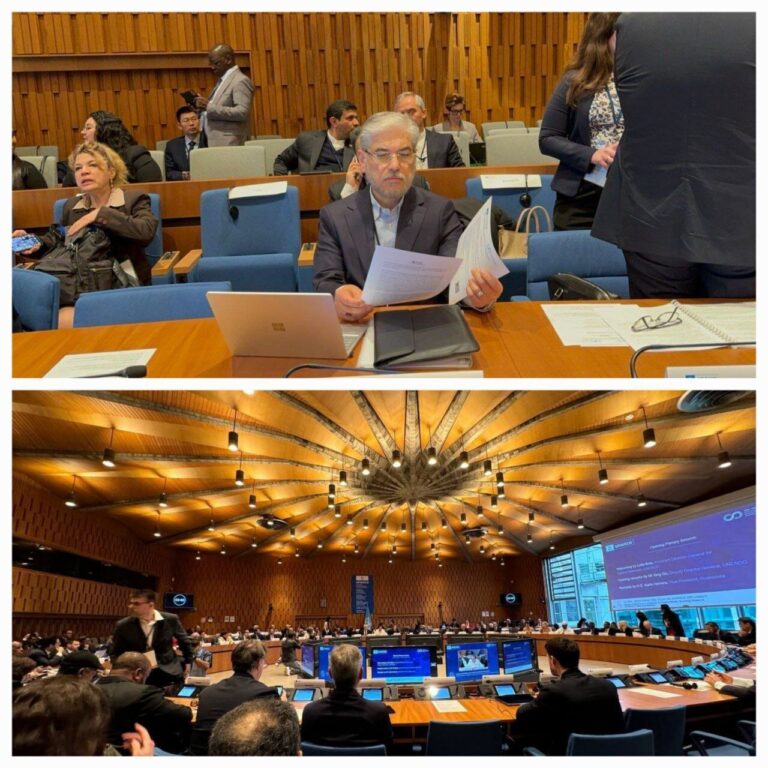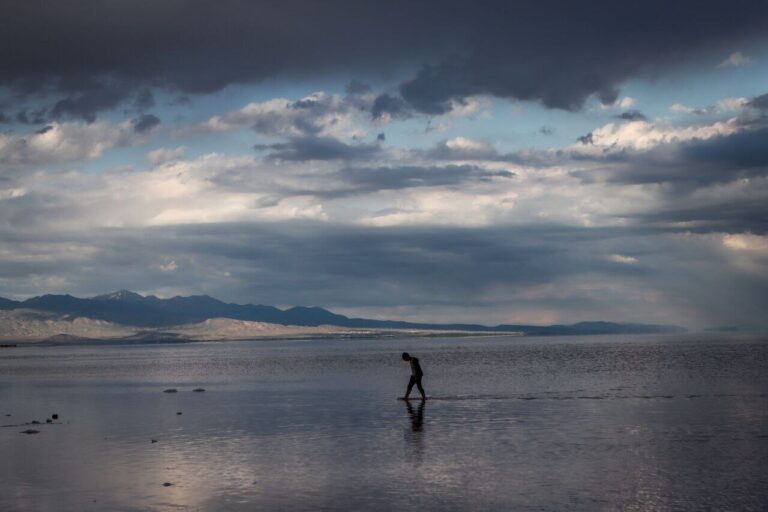Generous Benefactors Fund Construction of Over 50% of New Schools!
In a remarkable display of community support, 51 percent of schools in Iran are constructed with the assistance of benefactors. This significant contribution highlights the growing commitment of individuals and organizations to improve educational opportunities across the nation. According to government spokesperson Fatemeh Mohajerani, the role of benefactors in school construction has expanded notably in recent years, with current figures indicating that between 48 to 51 percent of schools receive financial backing from these generous contributors.
Mohajerani emphasized that the involvement of benefactors reflects their dedication to enhancing educational infrastructure, which can lead to substantial benefits for students and the overall future of the country. She stated, “The current administration is focused on expanding educational infrastructure and constructing new schools, even in areas where there are only one or two students.”
Key points regarding the role of benefactors in education include:
- Commitment to Education: The participation of benefactors demonstrates a strong commitment to improving educational opportunities.
- Infrastructure Development: Ongoing efforts are aimed at developing educational infrastructure, critical for the growth of the education system.
- Support for Remote Areas: New schools are being built in rural areas, ensuring that even the most underserved communities have access to education.
Mohajerani also highlighted the administration’s priorities, stating that educational equity and the elimination of educational deprivation are among the top goals. This focus reflects the government’s commitment to ensuring that every student has the opportunity to receive quality education, regardless of their geographic location.
In a promising development, benefactors have pledged an impressive 200 trillion rials (approximately $250 million) for school construction in the current Iranian year, which began on March 20. Mohammad Reza Jafari, CEO of the Association of School-Building Donors, reported that over half of the benefactors have already contributed to building 8,000 classrooms this year.
Jafari detailed the ongoing projects, stating that around 1,856 schools and 9,746 classrooms are currently semi-finished and require additional funding for completion. Furthermore, there are plans for 3,206 new school projects, comprising 16,157 classrooms, which require government support to materialize.
Another noteworthy aspect is the involvement of Iranian women living abroad. According to Somayeh Hashemi, a member of the international committee of the Association of School-Building Benefactors, over 6,000 Iranian women are actively participating in school construction initiatives. Their contributions have significantly multiplied the impact of each school project, enabling the expansion of educational facilities.
During the previous Iranian year (1401 or 2022-2023), benefactors allocated approximately 46 trillion rials (about $57 million) for school construction, which was primarily raised through charitable festivals. In the following year (1402 or March 2023 – March 2024), their contributions surged to 115 trillion rials (almost $144 million), indicating a growing trend of philanthropy in education.
The administration, led by President Masoud Pezeshkian, is determined to transform the education system to ensure that no student is deprived of the right to quality education. Pezeshkian stated, “Educational equity is not just a slogan; it is a fundamental goal.” He expressed concern over the disparities in education quality between public schools in underprivileged areas and private institutions that offer superior education.
Emphasizing the need for vocational training alongside traditional education, Pezeshkian highlighted this approach as vital for equipping the youth with essential skills for future employment. He asserted that the government is committed to addressing infrastructural challenges in schools, stating, “We will overcome all school construction challenges within a year.” The administration aims to elevate public schools to become models of educational excellence.
In conclusion, the significant involvement of benefactors in school construction in Iran not only demonstrates a commitment to enhancing educational infrastructure but also showcases a collective effort to ensure equitable access to quality education for all students, regardless of their circumstances. The administration’s focus on educational equity and infrastructure development is pivotal to fostering a more inclusive educational environment.
MT/MG
